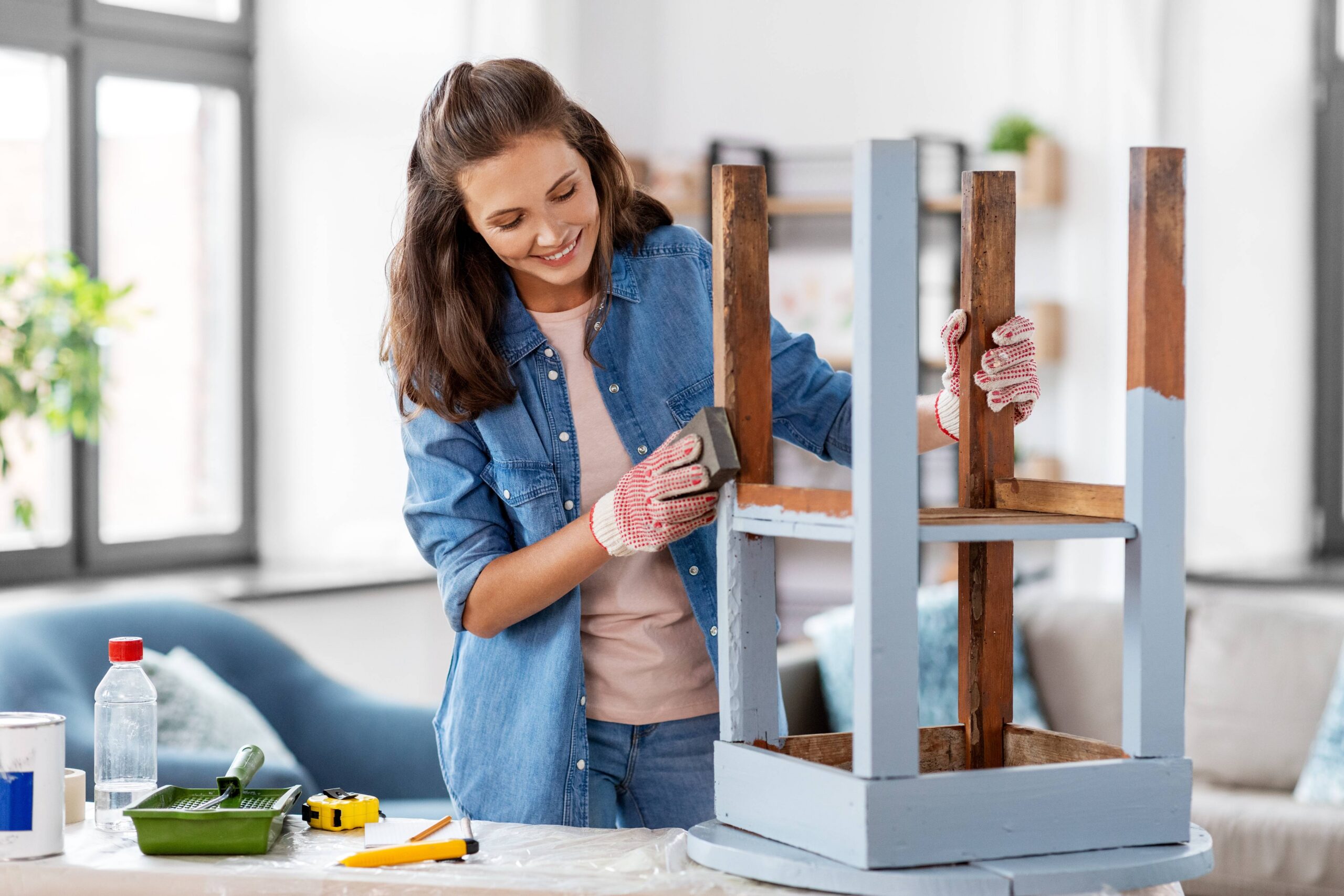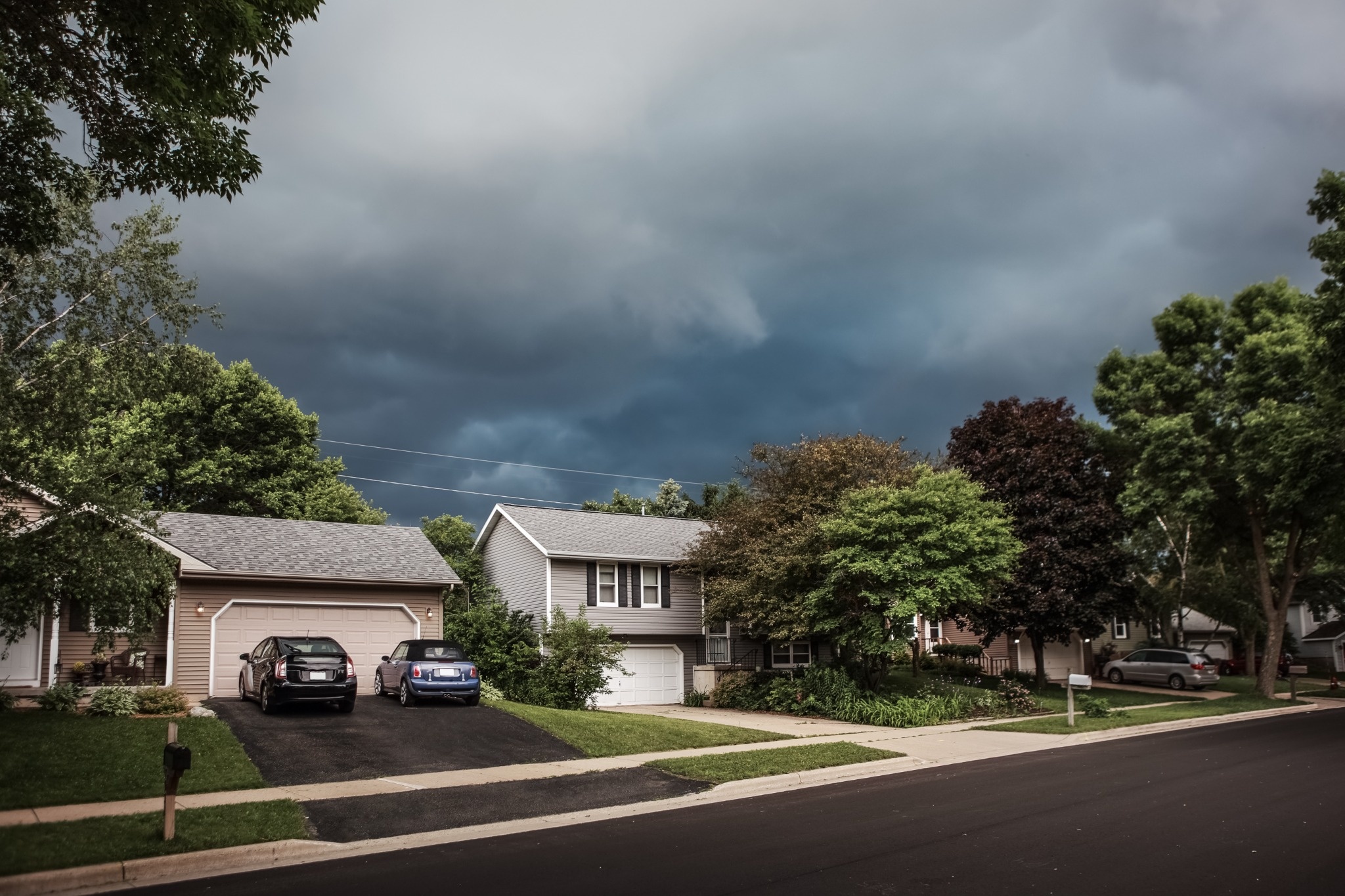Table of Contents
- Choose Light, Cool Colors
- Go Monochrome
- Paint the Ceiling a Lighter Color
- Use Stripes to Stretch the Room
- Paint One Wall to Add Depth
- Match Wall and Curtain Colors
- Paint the Trim to Disappear—or Stand Out Strategically
- Use Gloss Wisely
- Extend Wall Color to Built-Ins
- Use Two-Tone Walls Strategically
- Small Room, Big Style
Paint Tricks That Make Small Rooms Feel Bigger: Color and Design Hacks for Airy, Open Spaces
Got a small room that feels cramped? The right paint choices can work magic—visually expanding your space without knocking down a single wall. Whether it’s a tiny bedroom, narrow hallway, or compact living room, these paint tricks can help you open things up and create a light, airy vibe.

Choose Light, Cool Colors
The quickest way to make a small room feel larger is to stick with light, cool-toned shades. These colors reflect more light and give the illusion of space.
Top Choices:
- Soft whites
- Pale grays
- Cool blues
- Light greens
- Soft taupe or beige
Dark or warm colors absorb light and tend to close a room in, while cool tones bounce it around, creating an open effect.
Go Monochrome
Using a single color—or colors from the same family—across your walls, trim, and even furniture can trick the eye into seeing a more expansive space.
| Element | Paint Strategy |
|---|---|
| Walls | Use light, neutral base color |
| Trim & molding | Match wall color or use slightly lighter tint |
| Furniture | Keep in same palette for a seamless look |
When there’s less contrast between surfaces, your eyes flow more easily around the room—making it feel less boxed in.
Paint the Ceiling a Lighter Color
Dark ceilings can make a room feel like it’s caving in. Lighten them up to lift the space visually.
- Use a soft white or a lighter version of your wall color
- If you’re bold, try a barely-there sky blue for an airy ceiling effect
- Avoid glossy paint unless you’re aiming for a dramatic, reflective finish
Lighter ceilings give the impression of added height, even if your actual ceilings are low.
Use Stripes to Stretch the Room
Stripes aren’t just for fashion—they’re one of the best ways to “reshape” a room with paint.
Vertical Stripes:
- Make ceilings feel higher
- Ideal for short or boxy rooms
Horizontal Stripes:
- Make walls feel longer
- Perfect for narrow hallways or small bedrooms
Keep stripes subtle—think tone-on-tone or soft contrast colors—for a sophisticated, space-enhancing look.
Paint One Wall to Add Depth
An accent wall can give a room depth when used thoughtfully. Instead of closing the room in, a darker feature wall can pull the eye outward.
- Choose the wall opposite the entry or behind a headboard or couch
- Opt for deeper shades like navy, charcoal, or forest green—but only on one wall
- Keep the other walls light and neutral to maintain balance
This trick adds interest without overwhelming the room.
Match Wall and Curtain Colors
When curtains match the walls, they blend in instead of standing out—and that visual trick keeps the room from feeling chopped up.
- Paint walls and install curtains in similar shades (or even identical ones)
- Use floor-length curtains to draw the eye upward
- Choose lightweight fabrics that allow light to filter through
This creates a smooth, continuous flow that helps the space feel cohesive and larger.
Paint the Trim to Disappear—or Stand Out Strategically
If you want walls to stretch from floor to ceiling with no breaks, paint the trim the same color as the walls. It makes everything blend together seamlessly.
Alternatively, if you’re working with high ceilings or wide door frames, crisp white trim can highlight the architecture and add definition—just be sure the contrast doesn’t break up the space too much.
| Trim Approach | Effect on Room |
|---|---|
| Same as wall color | Unified, expansive feel |
| Lighter than wall | Fresh, airy contrast |
| Darker than wall | Adds drama, can reduce openness |
Choose based on what you want the eye to notice—or ignore.
Use Gloss Wisely
Different paint sheens reflect light differently. In small rooms, this matters more than you think.
- Flat or matte: Great for hiding flaws but absorbs light
- Eggshell or satin: Light reflection with a soft finish—ideal for most small spaces
- Semi-gloss or gloss: Reflective but can highlight imperfections
Stick to satin or eggshell for walls. Use semi-gloss for trim or furniture if you want a slight pop.
Extend Wall Color to Built-Ins
If your small room has built-in shelves or cabinets, painting them the same color as the wall helps them recede visually—rather than stand out and dominate the space.
- Makes the room feel less cluttered
- Creates a smooth, continuous backdrop
- Keeps focus on what’s on the shelves instead of the furniture itself
This is especially useful in home offices or living rooms with wall-to-wall storage.
Use Two-Tone Walls Strategically
In some cases, painting the bottom third of a wall a slightly darker color can make the ceiling feel higher. This technique works well in dining areas, hallways, and entryways.
How to Try It:
- Use chair rail or painter’s tape to divide the wall horizontally
- Choose a soft contrast (light taupe + white, pale gray + cream)
- Paint the upper portion lighter to draw the eye upward
It’s a modern spin on wainscoting and adds dimension without bulky molding or added furniture.
Small Room, Big Style
Paint might be the most budget-friendly way to make a small room feel bigger—and better. With the right colors and techniques, you can transform even the tiniest corner into a light, open, and inviting space.
Try one or two of these tricks in your next mini-makeover. The results will speak for themselves—no sledgehammer required.





